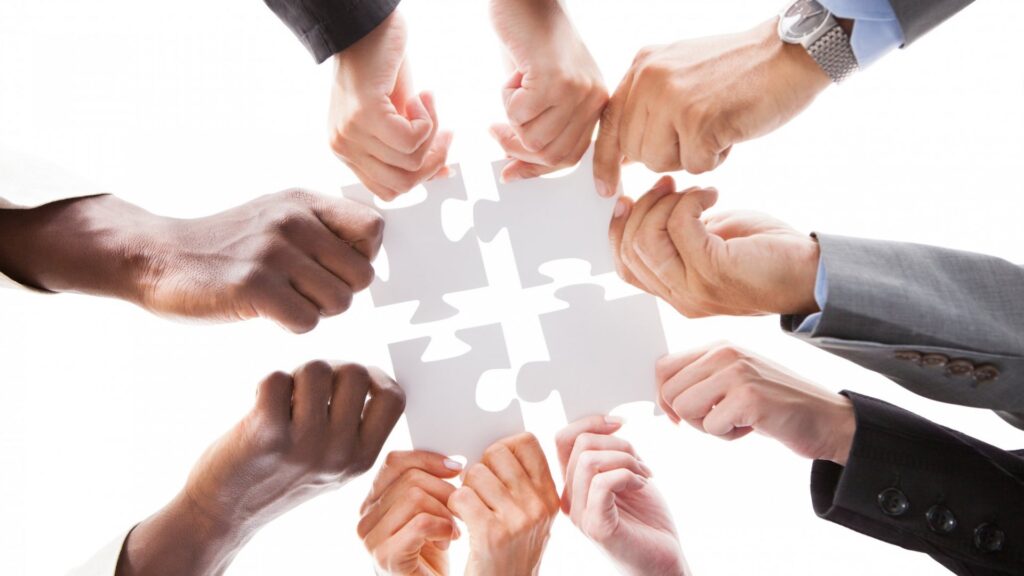
A company’s initiative to adopt a set of strategies, policies, and missions to foster an inclusive workplace and draw in a wide pool of people from various cultural backgrounds is referred to as diversity and inclusion. But…
What About Them?
Diversity in the workplace refers to the presence on your staff of people from various backgrounds and points of view. individuals from different politics, races, cultures, sexual orientations, religions, classes, and gender identity distinctions are all examples of the existence of diversity in a workplace.
Inclusion, on the other hand, is the effort taken to make everyone in the multicultural group feel included, respected, valued, and treated equally. A key component of building an inclusive workplace is empowering all staff members and highlighting their unique abilities.
The Fine Line Between Diversity And Inclusion

Image via Brent Mullins Coaching
The primary difference between diversity and inclusion in a workplace is that diversity is the representation of various people in an organization. Inclusion means ensuring that everyone has an equal opportunity to participate in and influence every aspect and level of a workplace. Means, that no one gets left behind or has less opportunity to contribute to a discussion.
Interconnected, But Not Interchangeable

Image via Inc.
They may be the same, but they are not identical. Diversity is a setting where it is impossible to control whoever exists in the workplace. Inclusion is a choice. Whether or not to start embracing the differences in the workplace is up to the individual. A diverse workplace is dependent on the success of inclusion.
Diversity alone won’t make a big difference in the workplace culture or the experience of employees. To establish teams with a variety of ethnic backgrounds, employers might, for example, hire women of color. However, they are not practicing inclusiveness until they take into account their viewpoints, experiences, and opinions when formulating decisions and policies.
‘For All’ Workplace

Image via eloomi
Every employee should feel comfortable putting their whole selves to work because by doing so not only benefits them but also strengthens an organization. No matter who they are or what they do for the organization, everyone should maintain a high level of trust in the workplace. It involves having the ability to establish environments that highlight various backgrounds and inclusive cultures.
Today’s workplaces are more diverse and interconnected than ever. Leaders must incorporate collective intelligence to maximize each person’s potential given the complexity of today’s workplace. If you are a leader of an organization, always note that diversity and inclusion is vital in ensuring a healthy competition among employees. But, that does not mean that your sole focus should be on that particular area only. Be The Ultimate Leader For Your Team by mastering the qualities of a good leader.










